DOT framework - AI-Powered Research Tool
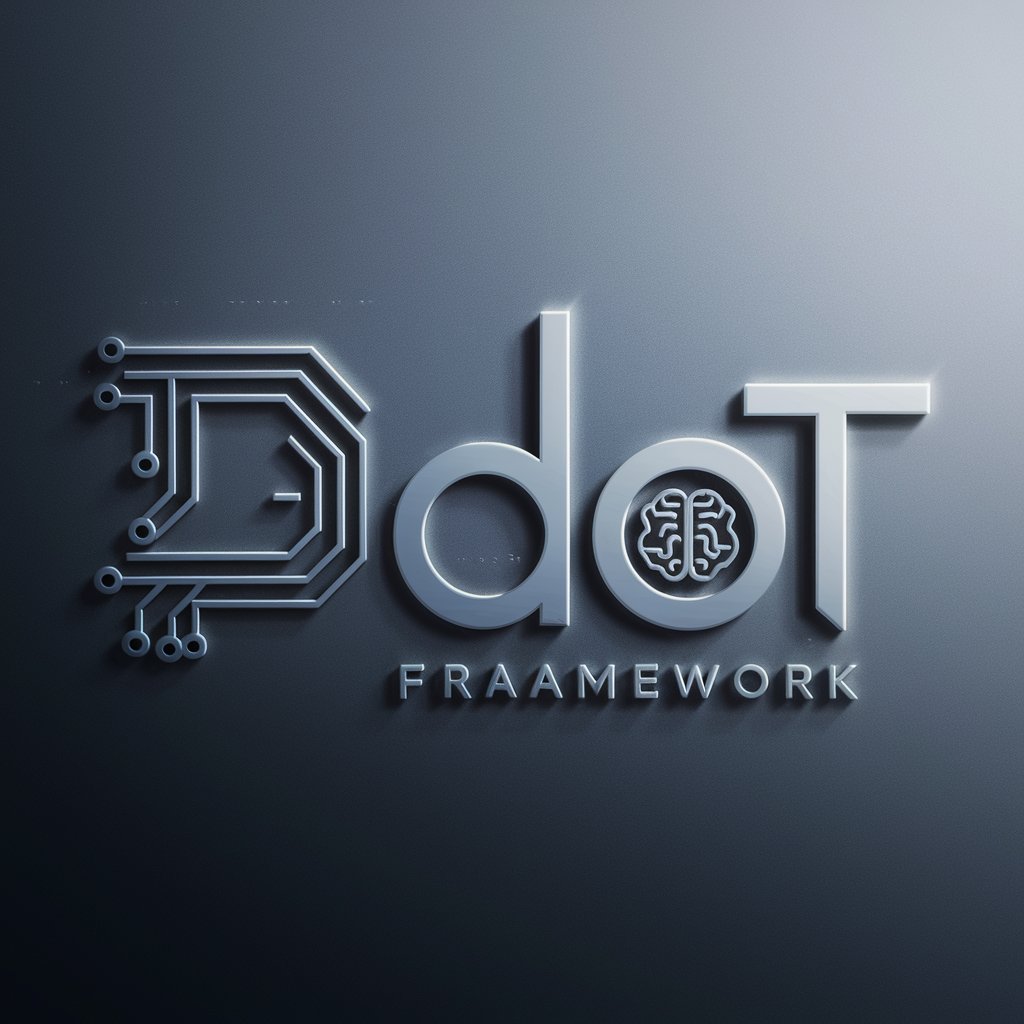
Hello! How can I assist you today?
Streamlining IT research with AI precision
Generate a detailed analysis on...
Provide a step-by-step guide for...
Summarize the main points of...
Create a list of pros and cons for...
Get Embed Code
Introduction to the DOT Framework
The DOT (Development Oriented Triangulation) framework is designed to structure research activities from problem to solution in IT projects, focusing on solution-oriented research rather than the creation of new knowledge as in scientific research. It comprises three layers: 'What' (knowledge domains to obtain information), 'How' (research strategies and methods for gathering needed information), and 'Why' (trade-offs clarifying choices for specific research activities). The framework is useful for IT professionals and students to navigate through the complexities of research methods and to select the most suitable ones for their projects, illustrating the importance of research not only for theses but as an integral part of their professional activities. Powered by ChatGPT-4o。

Main Functions of the DOT Framework
Structuring Research Activities
Example
Identifying knowledge domains (What), selecting research strategies (How), and understanding trade-offs (Why).
Scenario
An IT project aimed at developing a new software solution can use the DOT framework to systematically address user needs, leverage existing solutions, and navigate through innovation possibilities.
Guiding Through Research Strategies
Example
Library, Field, Workshop, Lab, and Showroom strategies.
Scenario
In a project to enhance user experience in a mobile app, the framework guides through user research (Field), prototype testing (Workshop and Lab), and comparison with existing apps (Showroom).
Facilitating Decision Making on Trade-offs
Example
Balancing between overview and certainty, fit and expertise, data and inspiration.
Scenario
Deciding on the most effective research method mix for a project aiming to introduce a new feature in a collaborative tool, ensuring a well-rounded approach to user engagement and technical feasibility.
Ideal Users of DOT Framework Services
IT Professionals
Professionals seeking structured approaches to developing IT solutions, who will benefit from the framework's guidance in selecting research methods that ensure their solutions are innovative, user-centric, and technically sound.
ICT Students
Students in information and communication technology disciplines can use the DOT framework to acquire practical skills in research methods, enhancing their ability to tackle real-world problems and develop effective solutions.
Project Managers
Managers overseeing IT projects who require a systematic approach to research and development, ensuring their teams utilize the best practices in user research, prototype development, and solution evaluation.

Usage Guidelines for the DOT Framework
Initiate Free Trial
Begin by visiting yeschat.ai for a free trial, offering immediate access without the need for login or ChatGPT Plus.
Understand the Framework
Learn the core components of the DOT framework: the three knowledge domains (What), five research strategies (How), and three trade-offs (Why).
Identify Your Project's Needs
Determine which knowledge domains your project will explore and the corresponding research strategies that will be most effective.
Select and Apply Methods
Choose specific methods from the suggested research strategies that align with your project's goals and execute them methodically.
Evaluate and Iterate
Review the outcomes of applied methods, make necessary adjustments, and iterate to refine your project's approach and solutions.
Try other advanced and practical GPTs
ensayo
Empowering your words with AI
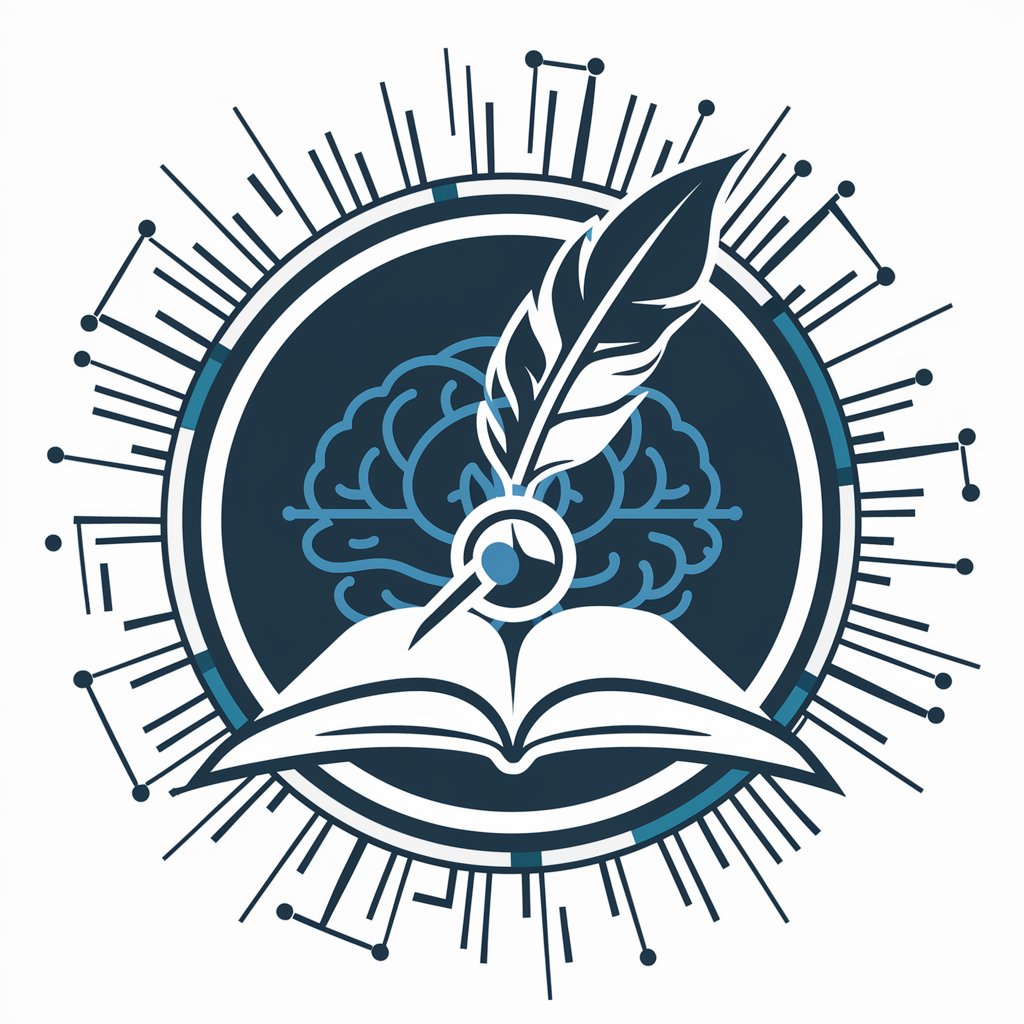
Midjouney Spark
Unleash Creativity with AI
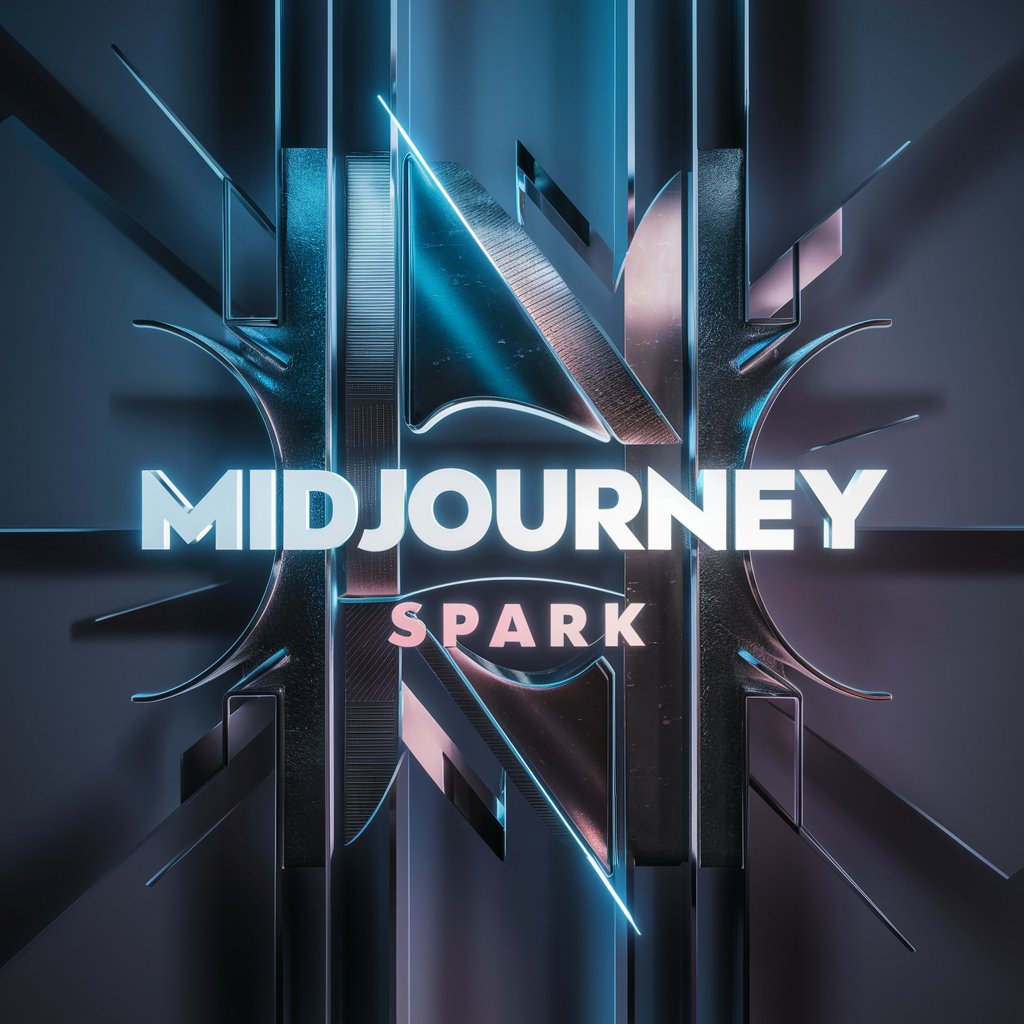
Spark
Curating unique, laughter-filled travel experiences.
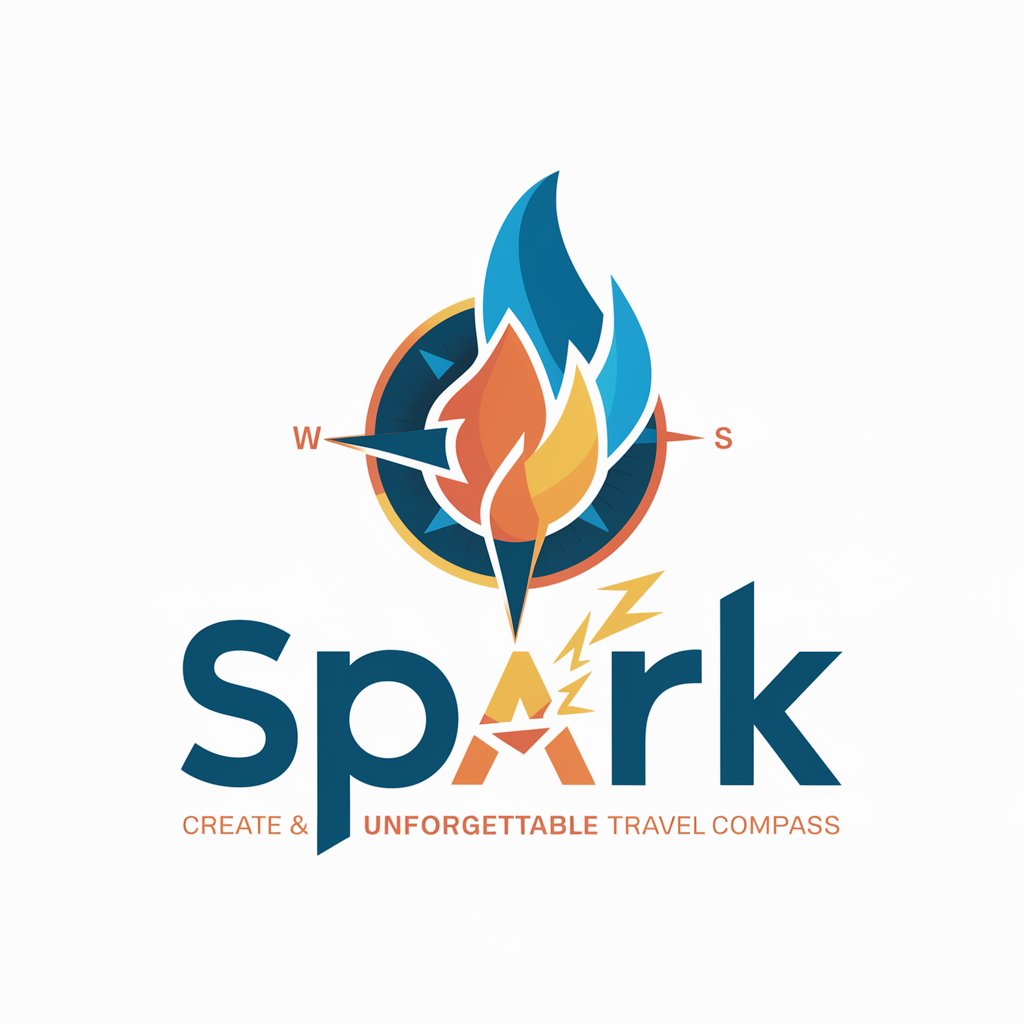
Robert´s E-Mail Writer
Craft emails smarter, not harder with AI
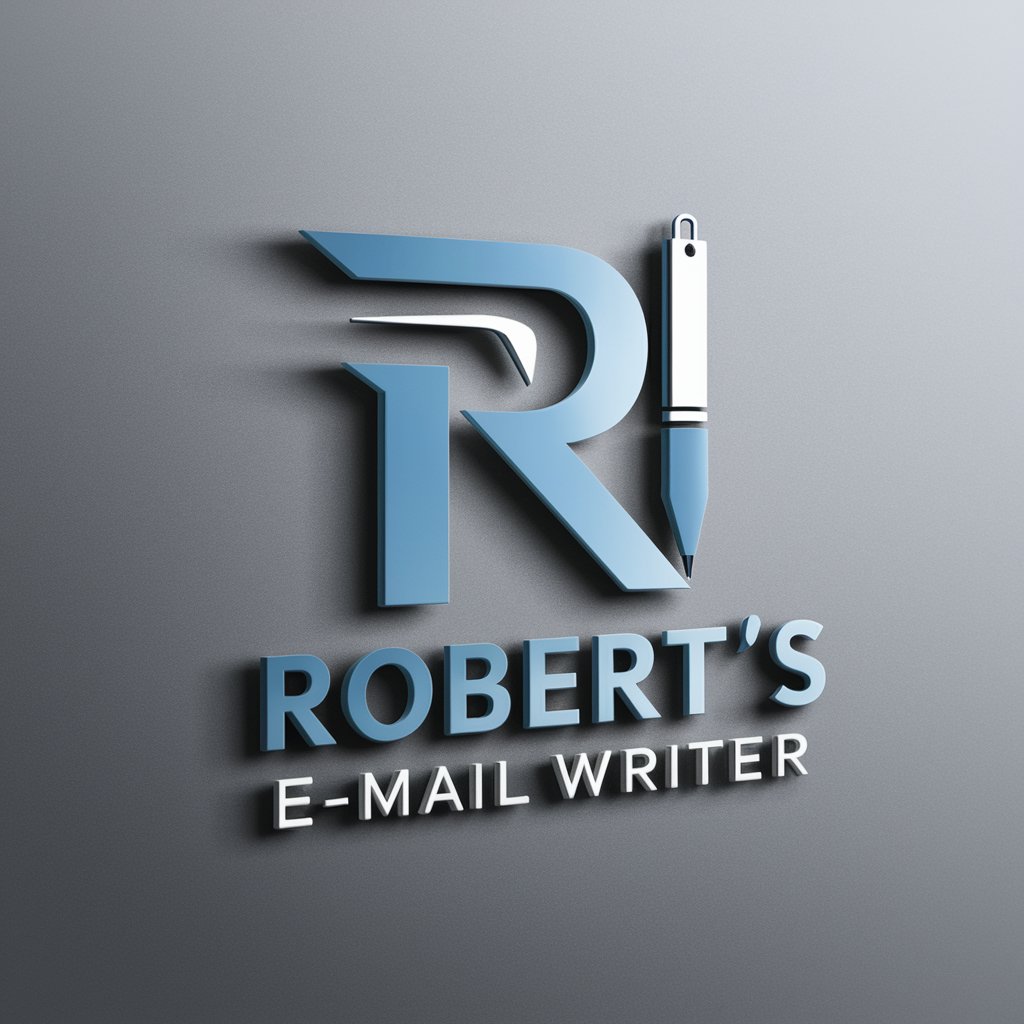
Arleene´s Maestria
Empowering Nursing Science with AI
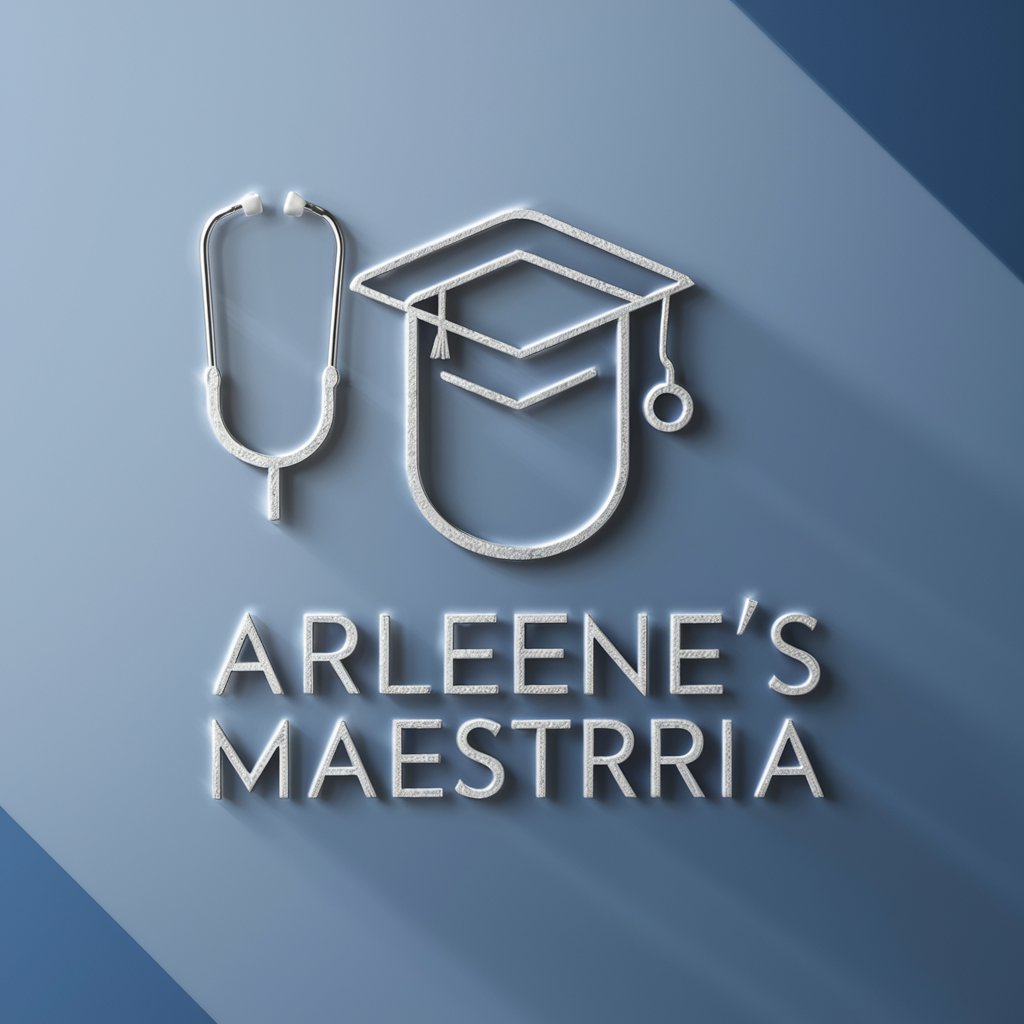
Jaro´s Droid
Empowering insights with AI-driven precision

Dot AI
Empowering Your Career Journey with AI

Dot Assistant
Empower Your Brand with AI-Driven Creativity
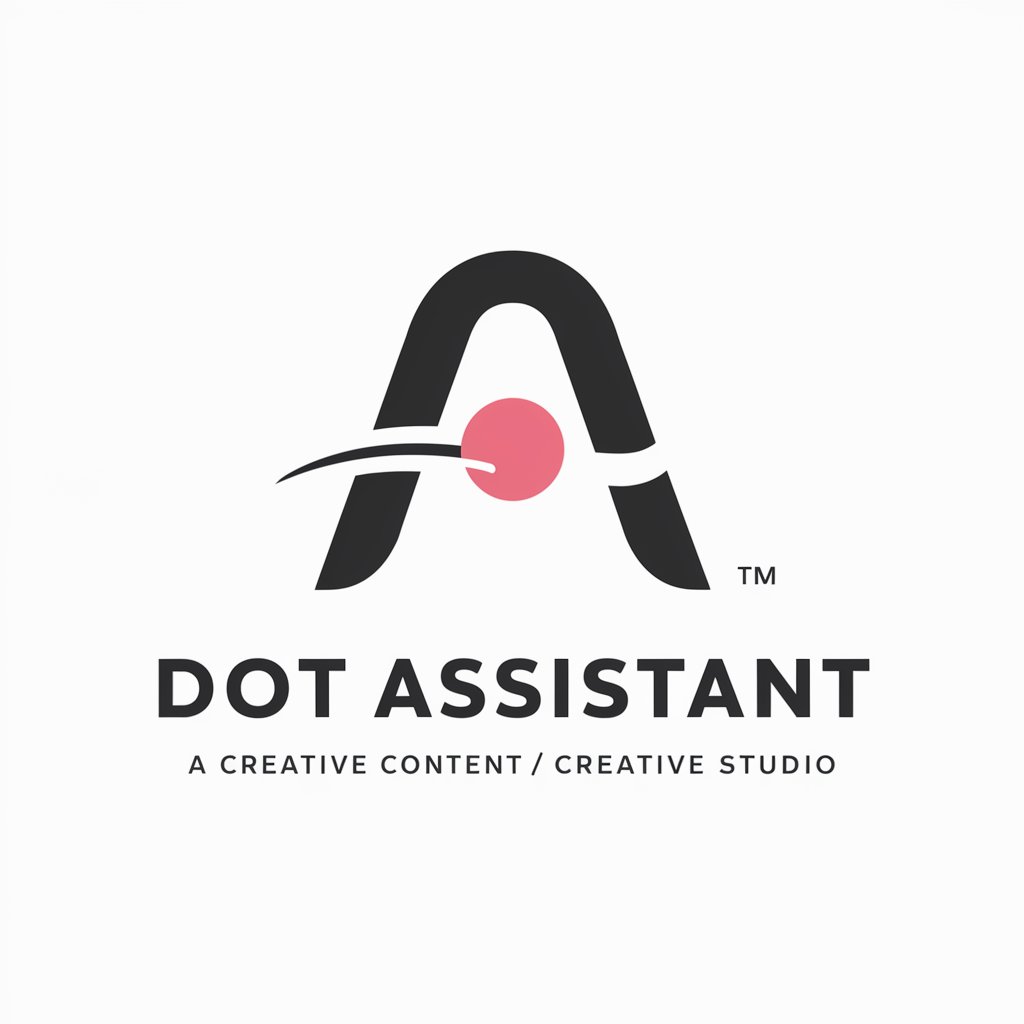
Imaginative Transformations
Bringing Characters to Life with AI
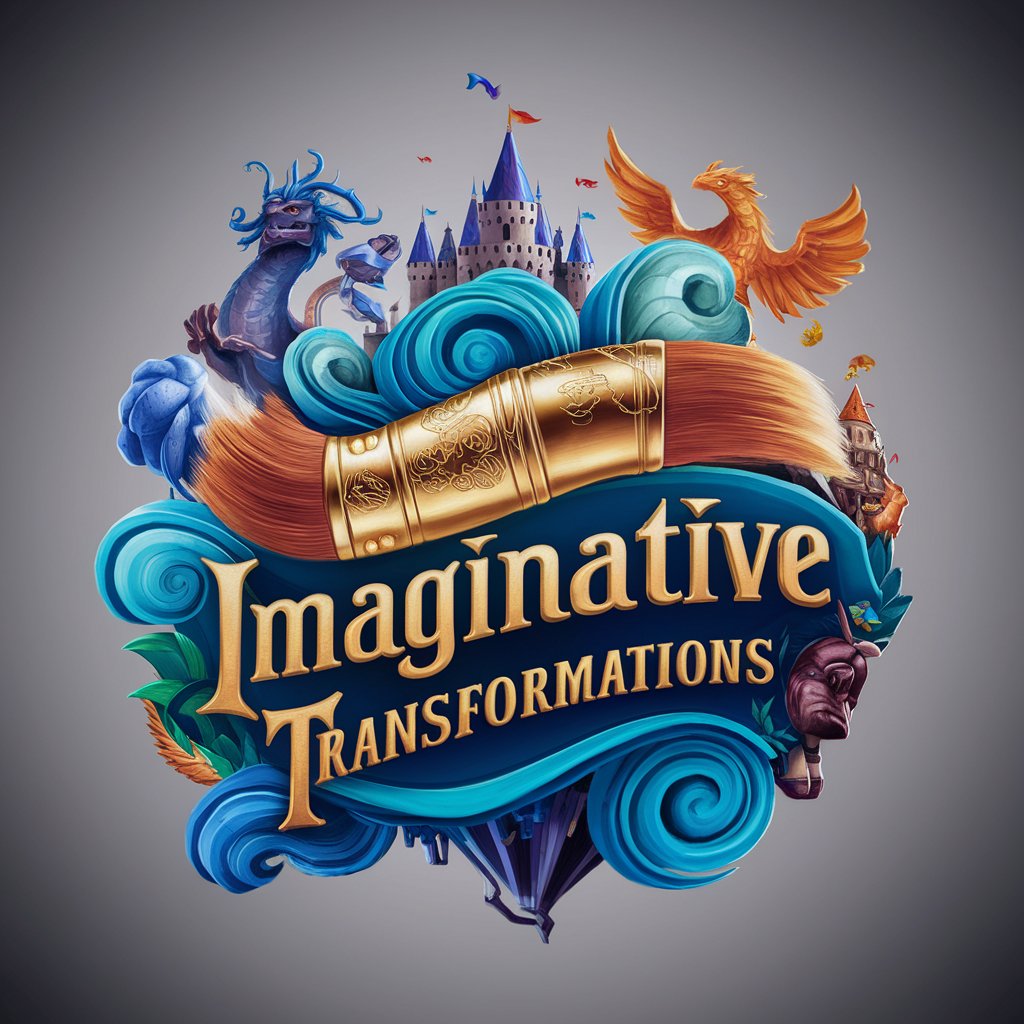
Domain Liquidator
Maximize your domain's potential with AI
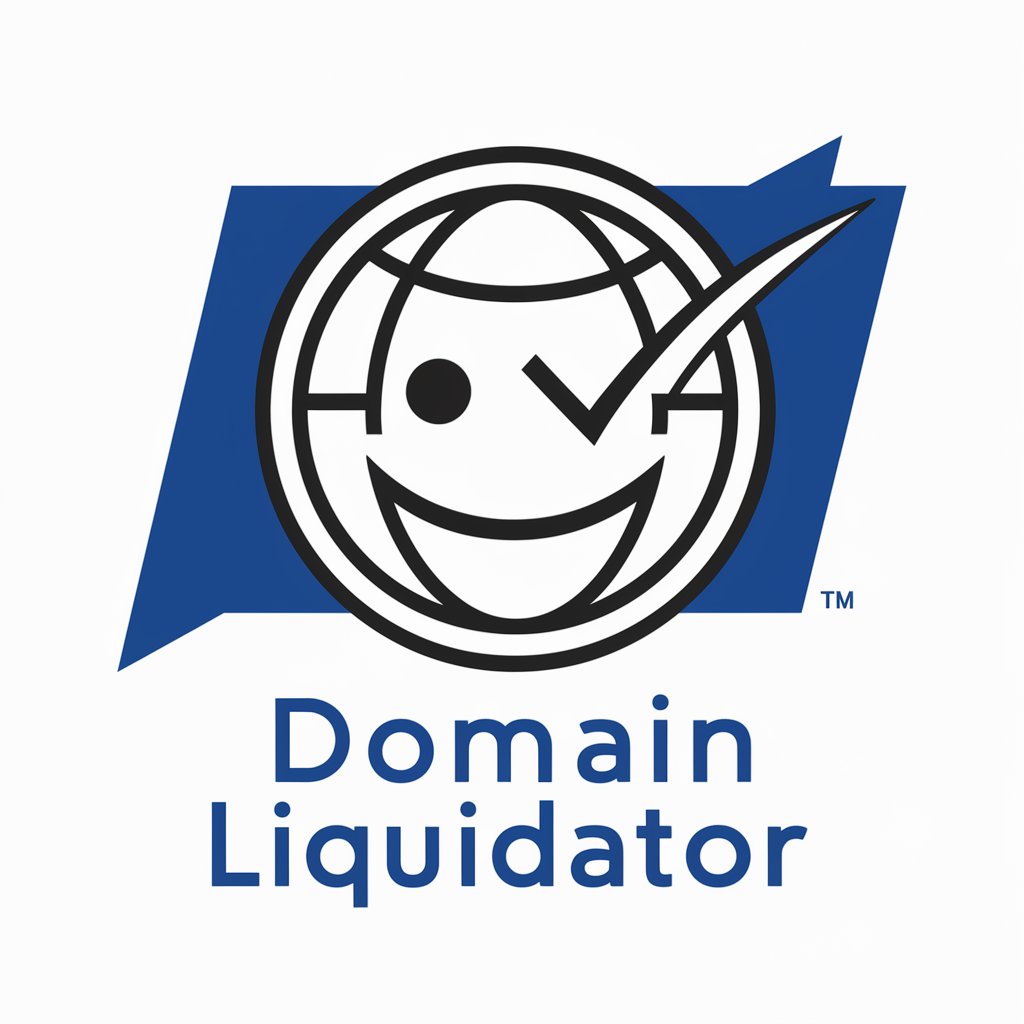
DOMAIN suggestion
Crafting Your Online Identity with AI
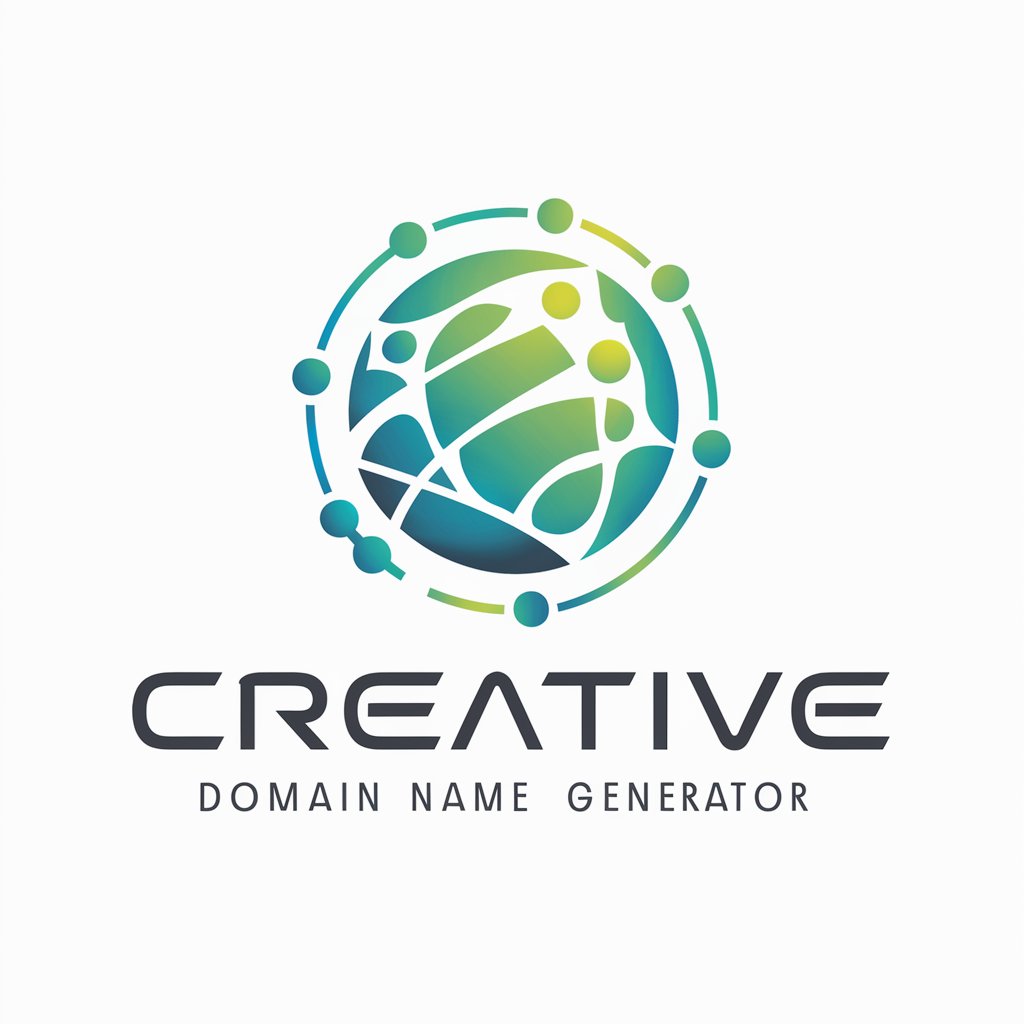
Brand Name & Domain Generator
Craft Your Brand's Identity with AI
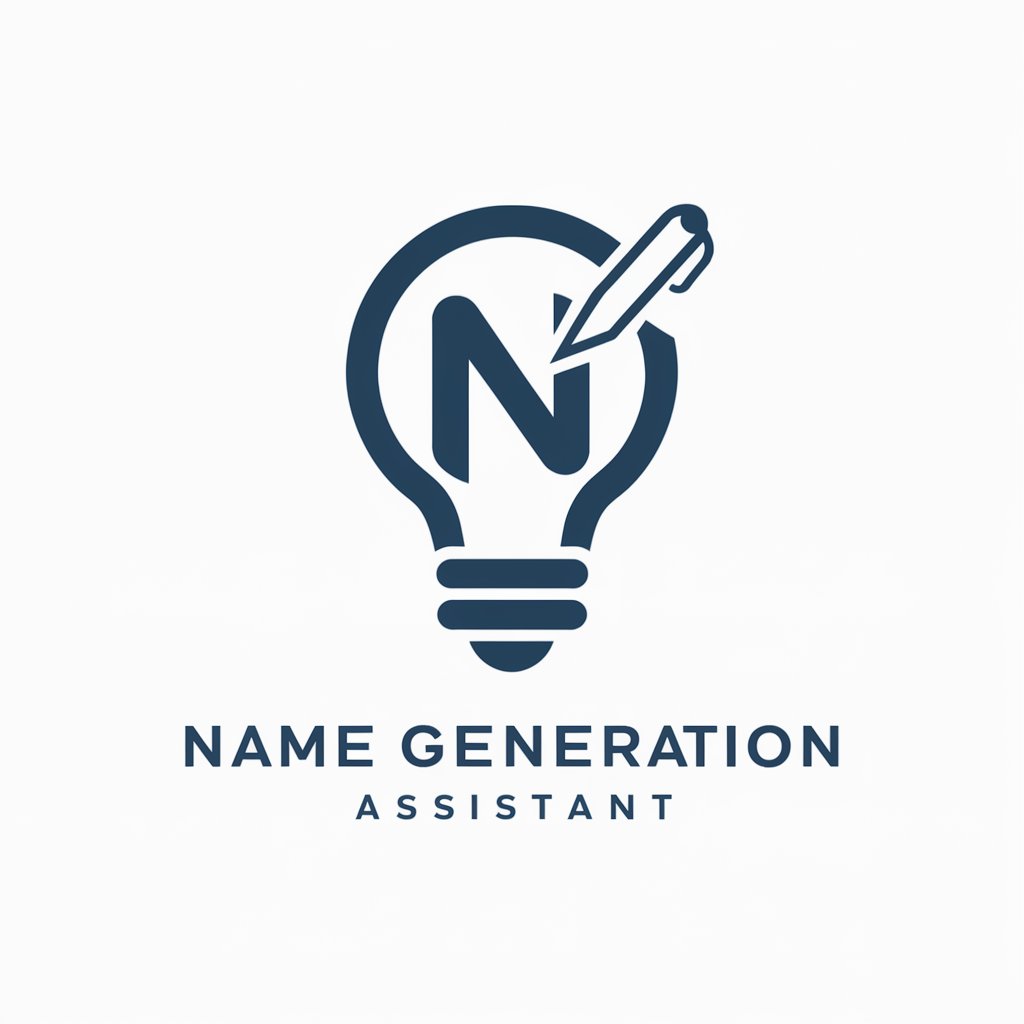
DOT Framework Q&A
What is the DOT framework?
The DOT framework is a tool for structuring research activities in IT projects, encompassing knowledge domains, research strategies, and trade-offs for effective problem-solving.
How does the DOT framework categorize knowledge domains?
It categorizes knowledge into three domains: Available Work (existing solutions), Application Domain (user and context-specific information), and Innovation Space (solution possibilities).
What are the research strategies in the DOT framework?
The five research strategies are Library (existing knowledge), Field (user-centered research), Workshop (solution exploration), Lab (solution testing), and Showroom (evaluation against existing solutions).
Can you explain the trade-offs in the DOT framework?
Trade-offs include optimizing between fit with the application context and use of existing expertise, obtaining overview versus certainty, and choosing between data-oriented and inspiration-based methods.
How can one select the right methods within the DOT framework?
By understanding the project's needs, the relevant knowledge domains, and the desired outcomes, one can choose methods from the appropriate research strategies that address the project's specific questions.
